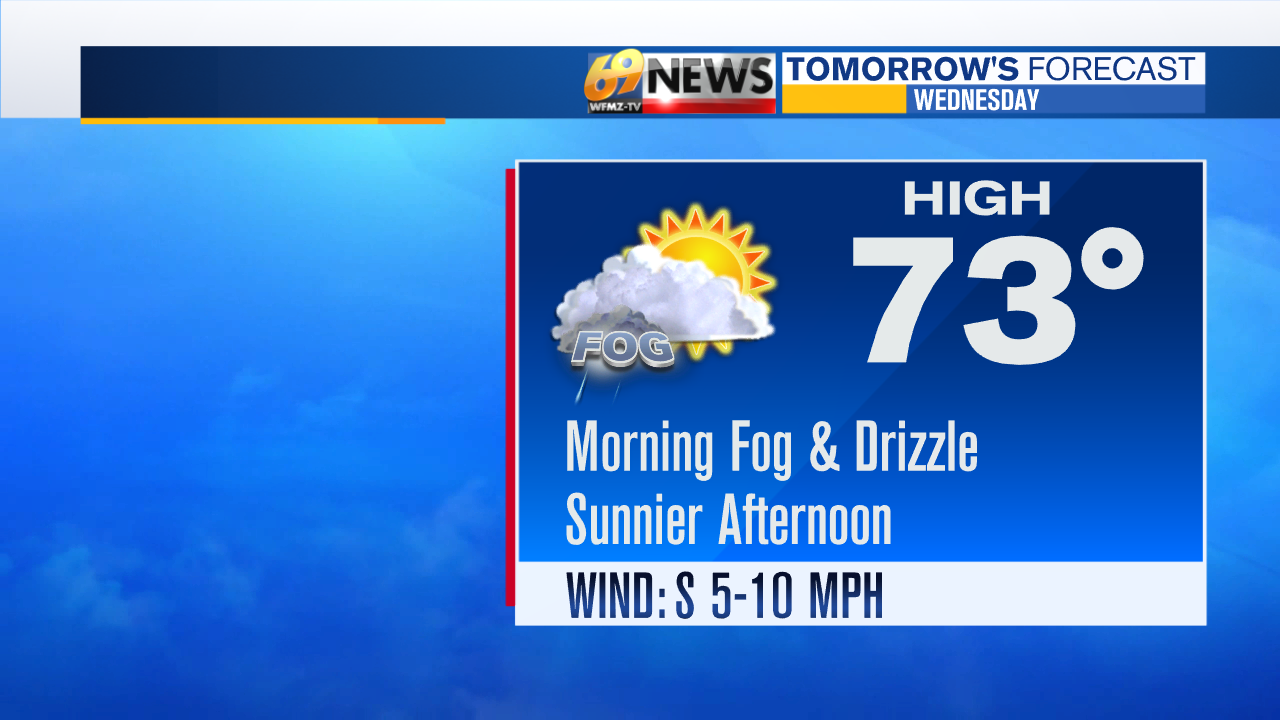Understanding tomorrow’s weather forecast is crucial for planning your day effectively. Whether you’re heading to work, planning a weekend getaway, or preparing for an outdoor event, knowing what the weather has in store can make all the difference. In this comprehensive guide, we’ll delve into everything you need to know about tomorrow’s weather, providing you with the most accurate and up-to-date information.

Key Takeaways
- Importance of checking the weather forecast for tomorrow.
- How weather forecasts are made and the tools used.
- Tips for accessing accurate weather information.
- Understanding different weather patterns and terms.
Why Knowing Tomorrow’s Weather is Important
The weather can significantly impact our daily lives. From deciding what to wear to determining the best time to travel, having an accurate weather forecast is essential. Here are a few reasons why knowing the weather for tomorrow is important:
- Planning Activities: Whether it’s a picnic, a hike, or a day at the beach, knowing the weather helps you plan accordingly.
- Travel Safety: Weather conditions can affect road safety, flight schedules, and overall travel plans.
- Health Considerations: Weather changes can impact health, especially for those with conditions like asthma or arthritis.
- Agricultural Decisions: Farmers and gardeners rely on weather forecasts to protect crops and schedule planting.
How Weather Forecasts are Made
Weather forecasting is a complex science that involves collecting data from various sources and using sophisticated models to predict future conditions. Here’s a breakdown of how weather forecasts are created:
Data Collection
Data is gathered from multiple sources, including weather stations, satellites, and radar systems. These sources provide information on temperature, humidity, wind speed, and atmospheric pressure.

Weather Models

Meteorologists use computer models to simulate the atmosphere and predict future weather conditions. These models take into account the collected data and use mathematical equations to forecast the weather.
Human Expertise
While computer models are highly advanced, human meteorologists play a crucial role in interpreting the data and making final predictions. Their expertise helps refine the forecasts and ensure accuracy.
Accessing Accurate Weather Information
With the advent of technology, accessing weather information has never been easier. Here are some reliable ways to check tomorrow’s weather forecast:
Weather Websites and Apps
Websites and mobile apps like Weather.com, AccuWeather, and the National Weather Service provide detailed and up-to-date forecasts. These platforms offer hourly, daily, and weekly forecasts, along with radar maps and weather alerts.
Local News Stations
Local news channels often have dedicated weather segments that provide accurate forecasts for your area. These forecasts are tailored to the local climate and conditions.
Voice Assistants
Voice assistants like Siri, Google Assistant, and Alexa can provide quick weather updates. Simply ask, “What’s the weather for tomorrow?” and get instant information.
Understanding Weather Patterns and Terms
Weather forecasts often use specific terms and patterns that can be confusing. Here’s a quick guide to help you understand common weather terms:
Temperature
The temperature indicates how hot or cold it will be. It’s usually measured in degrees Celsius or Fahrenheit.
Precipitation
Precipitation refers to any form of water that falls from the sky, including rain, snow, sleet, and hail. The forecast will indicate the likelihood of precipitation as a percentage.
Humidity
Humidity measures the amount of moisture in the air. High humidity can make the air feel warmer, while low humidity can make it feel cooler.
Wind Speed and Direction
Wind speed is measured in miles per hour (mph) or kilometers per hour (kph). The direction indicates where the wind is coming from.
Pressure
Atmospheric pressure affects weather patterns. High pressure usually brings clear skies, while low pressure can lead to storms and rain.
Tips for Staying Prepared
Knowing tomorrow’s weather is just the first step. Here are some tips to help you stay prepared:
- Check Multiple Sources: Compare forecasts from different sources to get the most accurate information.
- Stay Updated: Weather conditions can change rapidly, so check for updates throughout the day.
- Prepare for Extremes: Always have a plan in place for extreme weather conditions like storms or heatwaves.
- Dress Appropriately: Use the forecast to choose suitable clothing and accessories for the day.
Understanding “what’s the weather for tomorrow” is essential for planning and staying safe. By knowing how weather forecasts are made, where to find accurate information, and understanding common weather terms, you can be better prepared for whatever the weather brings. Stay informed, stay prepared, and make the most of your day, no matter what the forecast says.









